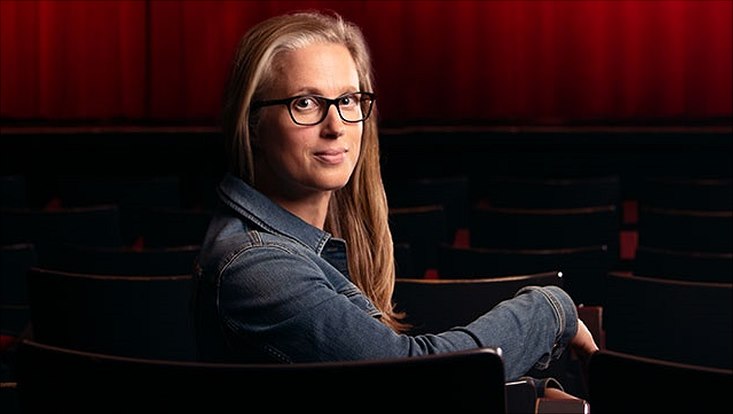Prof. Dr. Nicola Gess

Curriculum
Nicola Gess is Professor of German Literature at Basel University. She is the author of Gewalt der Musik. Literatur und Musikkritik um 1800 (Rombach, 2006; 2nd edition 2011), Primitives Denken. Kinder, Wilde und Wahnsinnige in der literarischen Moderne (Müller, Musil, Benn, Benjamin) (Fink 2013); Staunen. Eine Poetik (Wallstein 2019). She received her PhD from Princeton University and Humboldt Universität zu Berlin and her Habilitation from Freie Universität Berlin. Current research projects: Co-direction of the SNSF Sinergia research group The Power of Wonder. The Instrumentalization of Admiration, Astonishment and Surprise in Discourses of Knowledge, Power and Art; head of the SNSF research project Half-Truths. Truth, Fiction and Conspiracy in the 'Post-Factual Age'; book and translation project Literary Primitivism.
Publications (selection)
- Nicola Gess: Staunen. Eine Poetik. Göttingen: Wallstein, 2019.
- Nicola Gess, Agnes Hoffmann, Annette Kappeler (eds.): Belebungskünste. Praktiken lebendiger Darstellung in Literatur, Kunst und Wissenschaft um 1800. Paderborn: Fink, 2019.
- Natascha Adamowsky, Nicola Gess (eds.): Archäologie der Spezialeffekte. Paderborn: Fink, 2018.
- Netzwerk Hör-Wissen im Wandel (ed.): Wissensgeschichte des Hörens in der Moderne. Berlin: De Gruyter, 2017.
- Nicola Gess, Tina Hartmann, Dominika Hens (eds.): Barocktheater als Spektakel. Maschine, Blick und Bewegung auf der Opernbühne des Ancien Régime. Paderborn: Fink, 2015.
- Nicola Gess: Primitives Denken. Wilde, Kinder und Wahnsinnige in der literarischen Moderne (Müller, Musil, Benn, Benjamin). Paderborn: Fink 2013.
- Nicola Gess: Gewalt der Musik. Literatur und Musikkritik um 1800. Freiburg: Rombach 2011 (in second edition).
Research project: The Art of Thunder
Following my previous work on the poetics of wonder and the history of listening, my research project The Art of Thunder is concerned with the cultural history and aesthetics of thunder. Thunder, as one of loudest natural noises and as an acoustic indicator of a destructive force, has a long history as a metaphor, a dramatic and narrative event, and as a human artifact — a history which I would like to delve into with this project. At the same time, I would like to look at thunder in order to examine transitions between natural, artificial, and artistic forms of force as well as between scientific and theatrical concepts and demonstrations of force, which can, for example, be looked at in the context of popular "electric performance" from the mid-18th century onwards or of the use of scientific models such as the so-called "thunder house". The main focus of my research project will be on the aesthetics of thunder, theatrical thunder, and thunder as a scientific spectacle.
Reserach results: The Art of Thunder
Following my previous work on the poetics of wonder and the history of listening, my research project The Art of Thunder is concerned with the epistemological and cultural history of thunder. Thunder, as one of loudest natural noises and as an acoustic indicator of a destructive force, has a long history as a metaphor, a dramatic and narrative event, a divine weapon and as a human artifact. During the months at the CAS Imaginaria of Force I mostly examined thunder as a product of art in the context of rhetoric, the theater stage, and as a subject of experimental philosophy. The results of this analysis were presented in the lecture “Thundering Despots [Donnerde Despoten]” which focused on the question of the legitimacy of artificial thunder. It was concerned with (1) thunder in the context of an aesthetic and rhetoric of the sublime; (2) the semantics of thunder and thunder machines on the opera stage, where during the 18th and 19th centuries thunder — until then an acoustic indicator of a divine power — came to signify an illegitimate rulership based on deception and tyranny; (3) thunder and lightning as a scientific spectacle in the context of experimental philosophy of the late 18th and early 19th century, whose dependence on spectacular shows (e.g. through the use of so-called "thunder houses“) threatened its scientific authority. The lecture is to be developed into a comprehensive article and published in the course of the next year.
